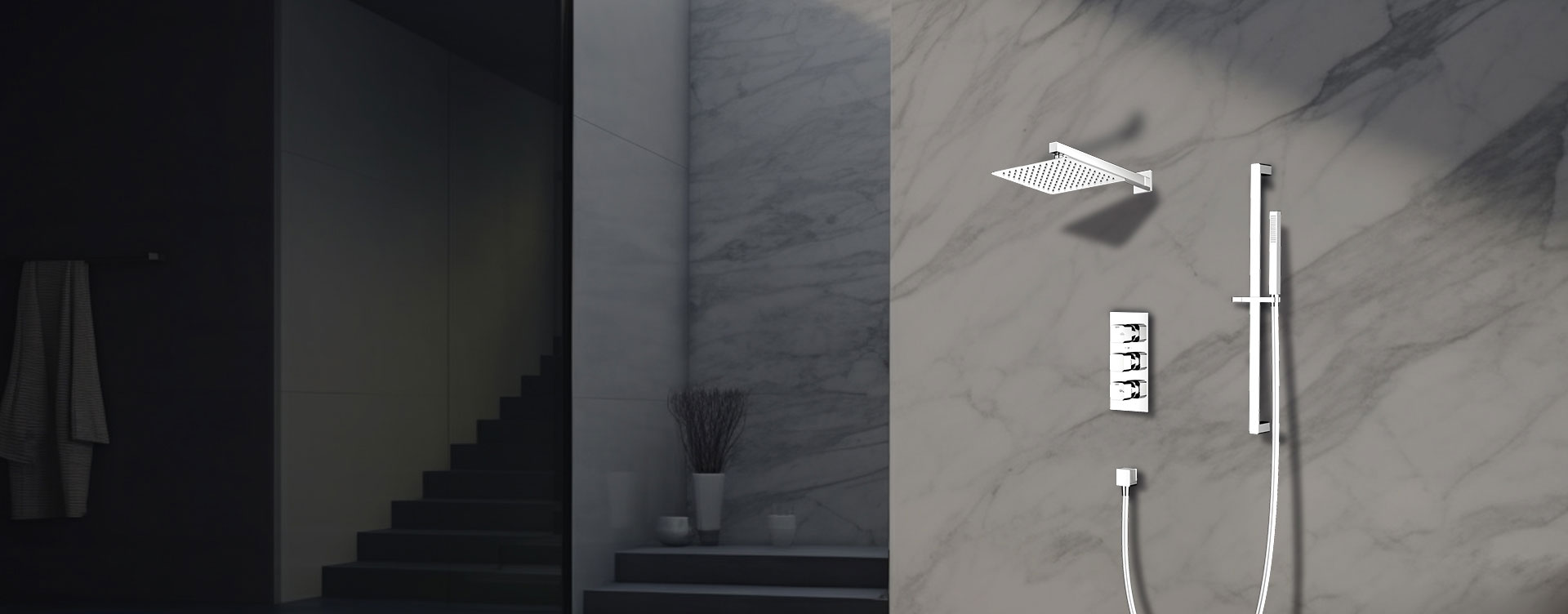
Yes — steam from a shower can set off a smoke alarm, especially if the detector is located close to the bathroom or lacks proper ventilation. Steam particles behave similarly to smoke in how they scatter light, and some alarm sensors can misinterpret that as fire smoke. Understanding why this happens and how to prevent it can save you both inconvenience and unnecessary alarm triggers.
Most modern smoke alarms use either ionization or photoelectric technology — and both can be sensitive to steam under certain conditions.
These alarms detect smoke by using a light sensor.
When steam or smoke particles enter the chamber, they scatter the light beam.
The alarm interprets this as smoke and activates the siren.
High humidity and dense steam can easily trigger a false alarm.
These alarms detect changes in air chemistry rather than light.
Steam can temporarily alter ion flow within the sensor chamber, confusing it into thinking smoke is present.
Steam and smoke share similar optical density and particle dispersion, which makes it difficult for sensors to distinguish between them.
Bathroom door left open during a hot shower — steam drifts into the hallway, reaching the detector.
Poor ventilation — steam accumulates and lingers near the ceiling where alarms are mounted.
Detector placement too close to bathrooms or kitchens — these are high humidity and vapor zones.
Old or low-quality smoke alarms — cheaper sensors often lack moisture resistance or drift compensation technology.
Even high-end alarm systems can misfire if air circulation is poor or humidity is extreme.
Install or turn on a bathroom exhaust fan before taking a shower.
Keep the fan running for at least 15 minutes afterward to clear residual steam.
Open windows if possible to reduce humidity buildup.
Move alarms at least 3–5 meters (10–15 feet) away from bathrooms or other moisture-heavy areas.
Instead of the hallway right outside a bathroom, consider installing the detector further down the corridor.
Follow manufacturer guidelines — most specify a minimum distance from humid environments.
In areas prone to steam, install a heat detector instead of a smoke detector.
Heat detectors respond to rapid temperature rise, not airborne particles.
Alternatively, choose a photoelectric alarm with steam compensation technology.
Clean the alarm every 6–12 months using a vacuum or soft brush to remove dust or residue.
Replace batteries yearly and the unit every 8–10 years (or per manufacturer’s recommendation).
Avoid painting or covering the alarm, which can reduce sensitivity accuracy.
| Location | Recommended Detector Type | Distance from Shower or Kitchen |
|---|---|---|
| Bathroom | None (avoid installing inside) | – |
| Hallway near bathroom | Photoelectric (with humidity tolerance) or heat detector | 3–5 m (10–15 ft) |
| Bedroom area | Standard smoke alarm | As per fire code |
| Kitchen | Heat or optical smoke alarm (steam-resistant) | At least 3 m (10 ft) from cooking area |
Installing smoke alarms in strategic, moisture-free zones prevents nuisance alarms while maintaining fire safety coverage.
If your smoke alarm is triggered repeatedly even after relocating it or improving ventilation:
Have an electrician or fire safety technician inspect the wiring and sensor type.
Consider upgrading to interconnected alarms with intelligent sensing (many can differentiate between steam, smoke, and dust).
For commercial or hospitality projects (e.g., hotels, apartments), ensure alarm systems are compliant with building codes and humidity standards.
| Question | Answer |
|---|---|
| Can steam set off a smoke alarm? | Yes — steam particles scatter light and mimic smoke. |
| Main cause | Poor ventilation or alarm placement too close to showers. |
| How to prevent it | Improve ventilation, relocate alarm, or use steam-tolerant/heat detectors. |
| Best practice | Keep alarms at least 3–5 meters away from moisture sources. |
Steam from a shower is harmless, but when it reaches sensitive smoke detectors, it can easily trigger false alarms. By combining proper ventilation, strategic placement, and modern sensor technology, you can maintain both comfort and fire safety.
If you’re upgrading your bathroom, Global Moon Shower offers steam-resistant shower systems and accessories designed to minimize excess vapor dispersion — ideal for creating a comfortable, safe, and modern bathroom environment.
Previous: How To Install A Shower Set